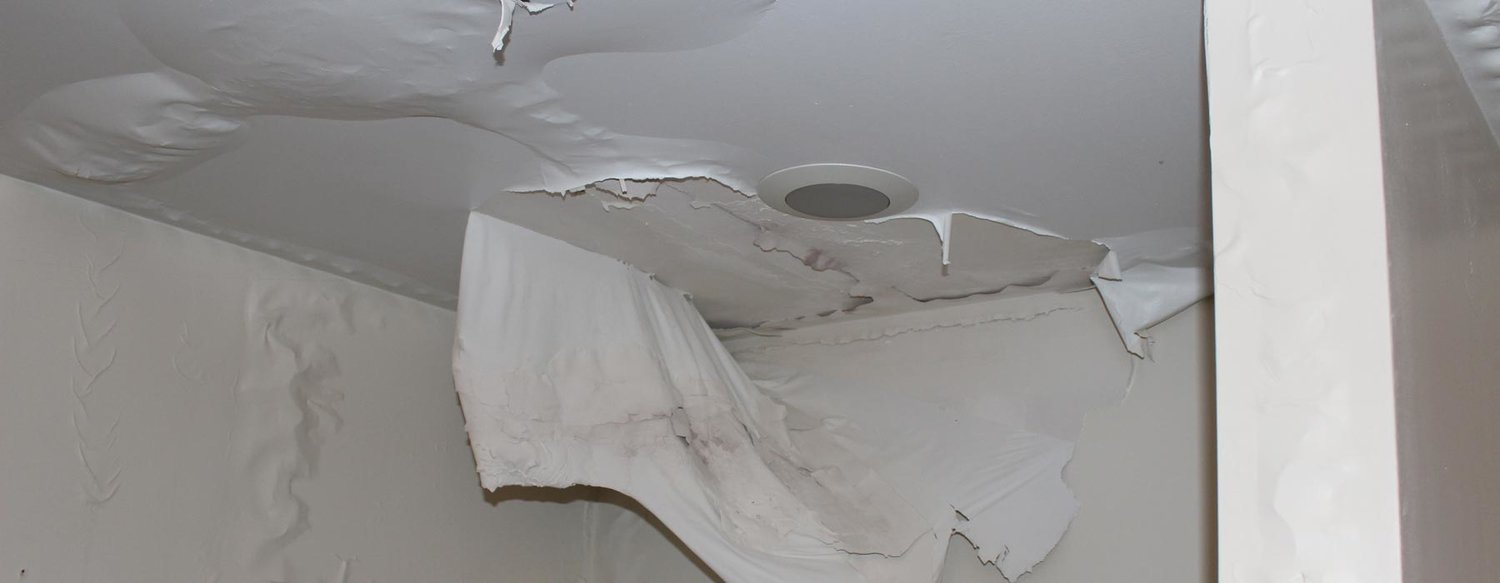Do's & Don'ts of Water Restoration.
Do's & Don'ts of Water Restoration.
Blog Article
Presented here below you can get additional high-quality insights pertaining to 5 Home Safety Tips To Reduce The Risk Of Fire And Water Damage.

Water provides life, water breach on parts where it's not intended to be can result in damage. Residences with water damages scent musty as well as old.
Water can come from several sources such as typhoons, floodings, burst pipes, leaks, and drain problems. In case you experience water damage, it would be great to understand some safety precautions. Right here are a few standards on exactly how to handle water damage.
Do Prioritize Residence Insurance Coverage Coverage
Water damages from flooding as a result of hefty winds is seasonal. You can likewise experience a sudden flood when a defective pipeline instantly bursts into your house. It would certainly be best to have residence insurance policy that covers both disasters such as natural tragedies, and emergency situations like damaged plumbing.
Don't Fail To Remember to Turn Off Utilities
This cuts off power to your whole residence, protecting against electric shocks when water comes in as it is a conductor. Don't forget to turn off the primary water line valve.
Do Keep Proactive and also Heed Climate Notifies
Tornado floodings can be extremely unforeseeable. If there is a history of flooding in your neighborhood, stay positive and ready. If you live near a lake, river, or creek , pay attention to emptying cautions. Get valuables from the very beginning and cellar, after that put them on the highest possible level. Doing so decreases possible residential property damage.
Do Not Ignore the Roofing System
Before the climate transforms frightful, make sure you have a roof covering inspection. It would certainly be sensible to obtain this solution annually as it can mitigate intricate problems. If there are no openings as well as leaks in your roofing, you can prevent rainfall damage. Your contractor will additionally deal with defective rain gutters or any other indications of weakening. This will prevent water from flowing down your wall surfaces and also soaking your ceiling.
Do Focus On Tiny Leaks
A burst pipeline does not occur over night. Generally, there are red flags that show you have deteriorated pipes in your house. As an example, you may observe bubbling paint, peeling wallpaper, water touches, water discolorations, or trickling audios behind the walls. Eventually, this pipe will certainly break. Preferably, you need to not wait for things to intensify. Have your plumbing fixed prior to it leads to enormous damages.
Don't Panic in Case of a Burst Pipe
Maintaining your presence of mind is crucial in a time of dilemma. Panicking will just intensify the issue because it will suppress you from acting quickly. When it involves water damages, timing is key. The longer you wait, the more damages you can anticipate. Hence, if a pipe bursts in your home, quickly shut down your main water valve to remove the resource. After that disconnect all electrical outlets in the location or switch off the breaker for that part of your home. Call a trusted water damages reconstruction professional for support.
Water provides life, water breach on parts where it's not supposed to be can result in damages. Homes with water damage odor old as well as mildewy.
Water damage from flood dues to hefty winds is seasonal. You may observe bubbling paint, peeling off wallpaper, water streaks, water discolorations, or leaking noises behind the walls. When it comes to water damage, timing is essential.
Some Do's & Don't When Dealing with a Water Damage
DO:
Make sure the water source has been eliminated. Contact a plumber if needed. Turn off circuit breakers supplying electricity to wet areas and unplug any electronics that are on wet carpet or surfaces Remove small furniture items Remove as much excess water as possible by mopping or blotting; Use WHITE towels to blot wet carpeting Wipe water from wooden furniture after removing anything on it Remove and prop up wet upholstery cushions for even drying (check for any bleeding) Pin up curtains or furniture skirts if needed Place aluminum foil, saucers or wood blocks between furniture legs and wet carpet Turn on air conditioning for maximum drying in winter and open windows in the summer Open any drawers and cabinets affected for complete drying but do not force them open Remove any valuable art objects or paintings to a safe, dry place Open any suitcases or luggage that may have been affected to dry, preferably in sunlight Hang any fur or leather goods to dry at room temperature Punch small holes in sagging ceilings to relieve trapped water (don't forget to place pans beneath!); however, if the ceiling is sagging extremely low, stay out of the room and we'll take care of it DO NOT:
Leave wet fabrics in place; dry them as soon as possible Leave books, magazines or any other colored items on wet carpets or floor Use your household vacuum to remove water Use TV's or other electronics/appliances while standing on wet carpets or floors; especially not on wet concrete floors Turn on ceiling fixtures if the ceiling is wet Turn your heat up, unless instructed otherwise

We had been made aware of that report on Fire And Water Damage Prevention through someone on another domain. Sharing is caring. Helping people is fun. Thank-you for going through it.
Report this page